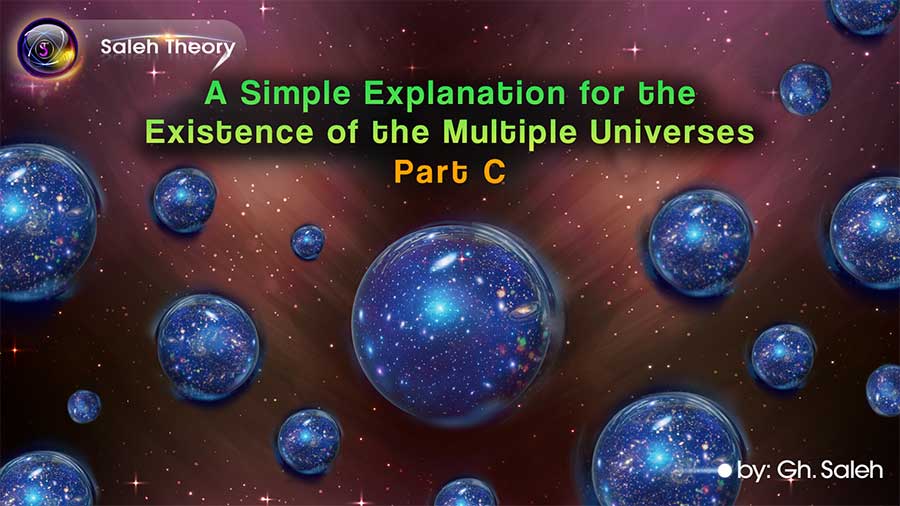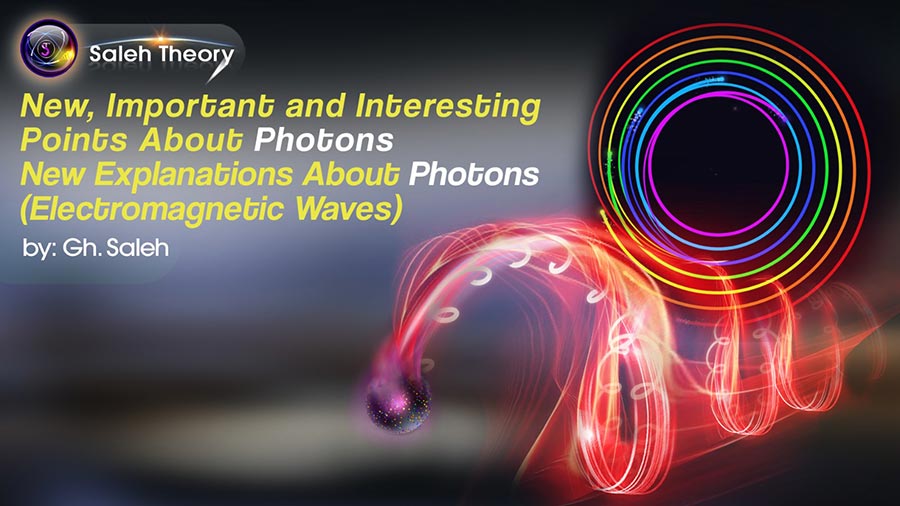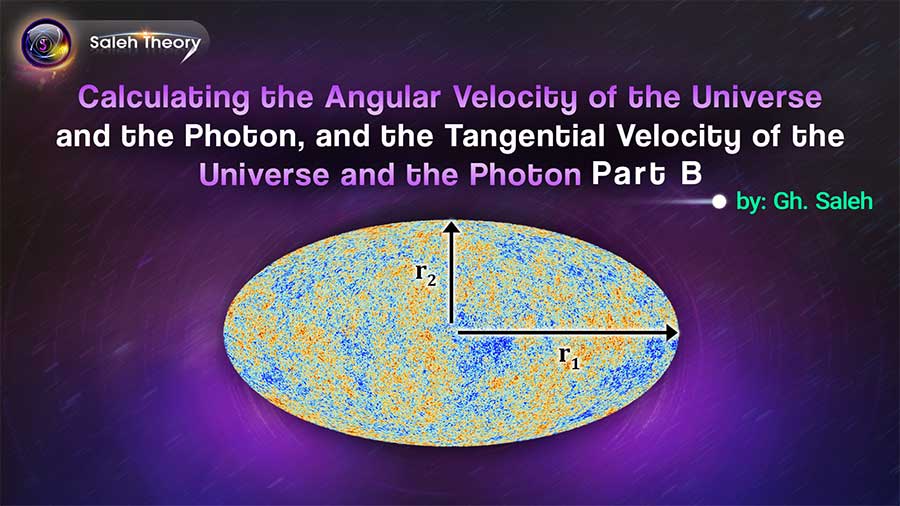
Calculating the Angular Velocity of the Universe and the Photon, and the Tangential Velocity of the Universe and the Photon Part B
a) Calculating the angular and tangential velocity of the Universe using two methods:
1. Hubble's Law
2. Imaging the Universe using space telescopes
b) Calculating the angular and tangential velocity of photons
a) Calculating the angular and tangential velocity of the Universe using two methods:
1. Hubble's Law
Based on the structure of the Universe it can be written the velocity equation of the Universe and its components as follows:
Total velocity of each celestial object = Rotational velocity + Linear velocity

Considering the structure of Prof. Hubble's formula, it can be concluded that the galaxies that move in the direction of a similar ω (same direction) have zero relative linear velocity.
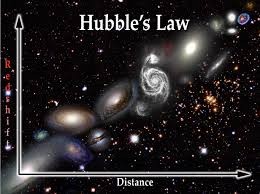
It means that the velocity of all galaxies on the same radiant, increases or decreases simultaneously. So, for all the galaxies you see in the figure, we have:

If we compare these two formulae, we can find that both are the same. H is constant and has the physical dimension of one over time. But time could not be constant. Therefore, H must be angular velocity. On the other hand, D and r both have the physical dimension of length.
In fact, it can be said that Hubble's law shows the algebraic value of the rotational velocity of celestial objects in the Universe. And angular velocity (ω) of our universe is the same as the Hubble constant (H):

Now, we only need to multiply the radius of the visible universe by this angular velocity to obtain the tangential velocity:

2. Imaging the Universe using space telescopes
As discussed in previous articles, the Universe is rotating around an axis that passes through its centre (the location where the Big Bang occurred). Such a rotation implies the creation of a centrifugal force (F). This means that celestial objects (galaxies), due to their rotation around the axis passing through the centre, experience a centrifugal force that causes these objects to move away from the axis of rotation. Therefore, in this direction (which we consider horizontal) we have a force that we do not have in the other (vertical) direction. The existence of this force implies an additional acceleration (a1) in the horizontal direction, which over time transforms the initial spherical shape formed in the early moments of the Big Bang into an ellipsoid.
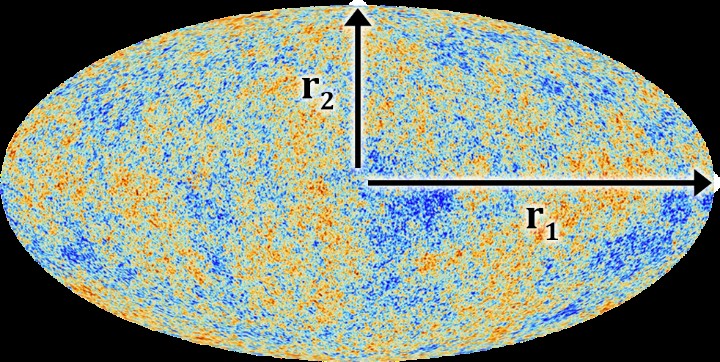
Therefore, we have:

Where a1,r1 and ω are horizontal acceleration, horizontal radius and angular velocity.
On the other hand, these objects move away from the centre in the horizontal direction due to this acceleration according to the following equations:

However, in the vertical direction, due to the absence of acceleration, the equation for vertical radius (r2) is:

Consequently, the difference between these two radii is equal to:
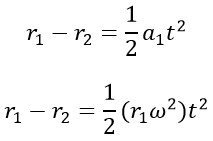
Now, assuming that after 13.8 billion years since the Big Bang, the vertical radius of this ellipsoid has been 50% of the horizontal radius—in other words, the horizontal radius has become approximately twice that of the vertical radius—we can write the following equations:
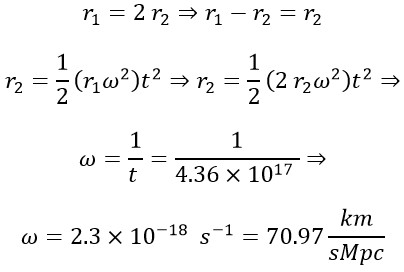
Which is approximately the same as Hubble’s constant.
Now, we only need to multiply the radius of the visible universe by this angular velocity to obtain the tangential velocity:

b) Calculating the angular and tangential velocity of photons
In previous articles, we have presented content regarding the reason for the different paths a photon could take and also its velocity along these paths. In fact, we have proved that after being emitted from an electron (due to electron spin and its orbit around the nucleus), a photon moves in a complex helical path, and the overall velocity of the photon is:

We also have demonstrated that the energy of a photon with this path of motion consist of two parts: rotational and linear. However, both parts are equal for an electromagnetic wave (Green light) with a frequency of 600 THz. At this frequency (fG), the radius of rotation (rG) is approximately 175 nanometers and the mass of photon is:

Therefore, we can write:

Now, we need to multiply this angular velocity by the radius of rotation of green light (rG) to obtain the tangential velocity of that green photon:

References:
[1] Saleh, Gh. "Interesting and Remarkable Similarities from the Smallest Particles to the Largest Celestial Objects Part A." Saleh Theory, 17 May. 2025, https://www.saleh-theory.com/article/interesting-and-remarkable-similarities-from-the-smallest-particles-to-the-largest-celestial-objects-part-a
[2] Saleh, Gh. "10 Permanent, Constant and Common Principles of Motion Among the Smallest Particles (Photons, Electrons, etc.) and the Largest Objects (Moons, Planets, Stars, Black Holes, etc.) in the Universe." Saleh Theory, 11 May. 2025, https://www.saleh-theory.com/Article/10-permanent-constant-and-common-principles-of-motion-among-the-smallest-particles-photons-electrons-etc-and-the-largest-objects-moons-planets-stars-black-holes-etc-in-the-universe
[3] Gh. Saleh, "A New Proof of Photon Velocity (VT = 3.3 C) Utilising the Young's Double-Slit Experiment and the Motional Model of Emitted Photons from Electrons in the Universe 2025 Part C." Saleh Theory, 03 May. 2025 https://www.saleh-theory.com/article/a-new-proof-of-photon-velocity-vsubtsub-33-c-utilising-the-youngs-double-slit-experiment-and-the-motional-model-of-emitted-photons-from-electrons-in-the-universe-2025-part-c
[4] Gh. Saleh, “Discovery of the Hundred-Year-Old Lost Mathematical and Physical Relationship Between the Classical Kinetic Energy of Photons and Planck’s Everlasting Experimental Equation (Planck-Saleh Energy Equation),” Saleh Theory, 28 Jun. 2024, https://www.saleh-theory.com/article/discovery-of-the-hundred-year-old-lost-mathematical-and-physical-relationship-between-the-classical-kinetic-energy-of-photons-and-plancks-everlasting-experimental-equation-in-the-universe-planck-saleh-energy-equation
[5] Gh. Saleh, “New Calculation of the Time of the Universe from Beginning to End,” Saleh Theory, 29 Aug. 2022 https://www.saleh-theory.com/article/new-calculation-of-the-time-of-the-universe-from-beginning-to-end
[6] Gh. Saleh, “The Actual and Realistic Structure of Electron,” Saleh Theory, 08 Aug. 2017, https://www.saleh-theory.com/article/the-actual-and-realistic-structure-of-electron
 Download PDF
Download PDF 
